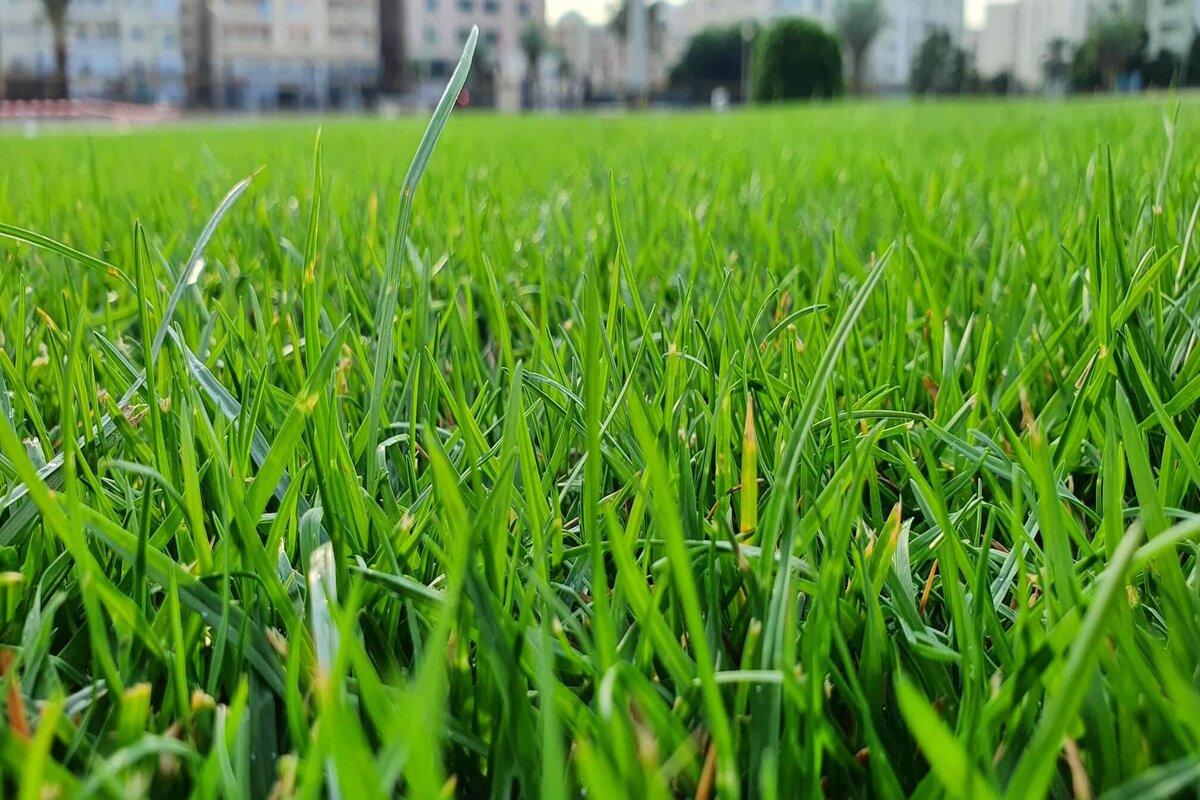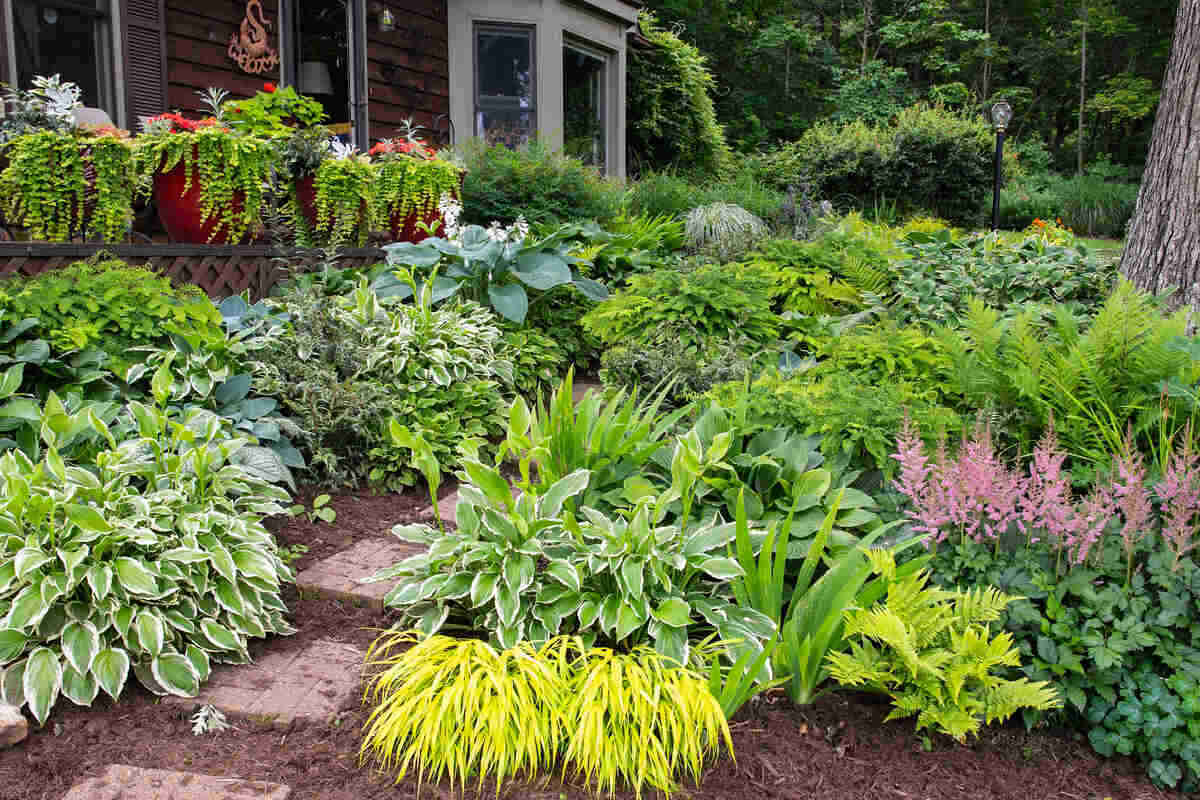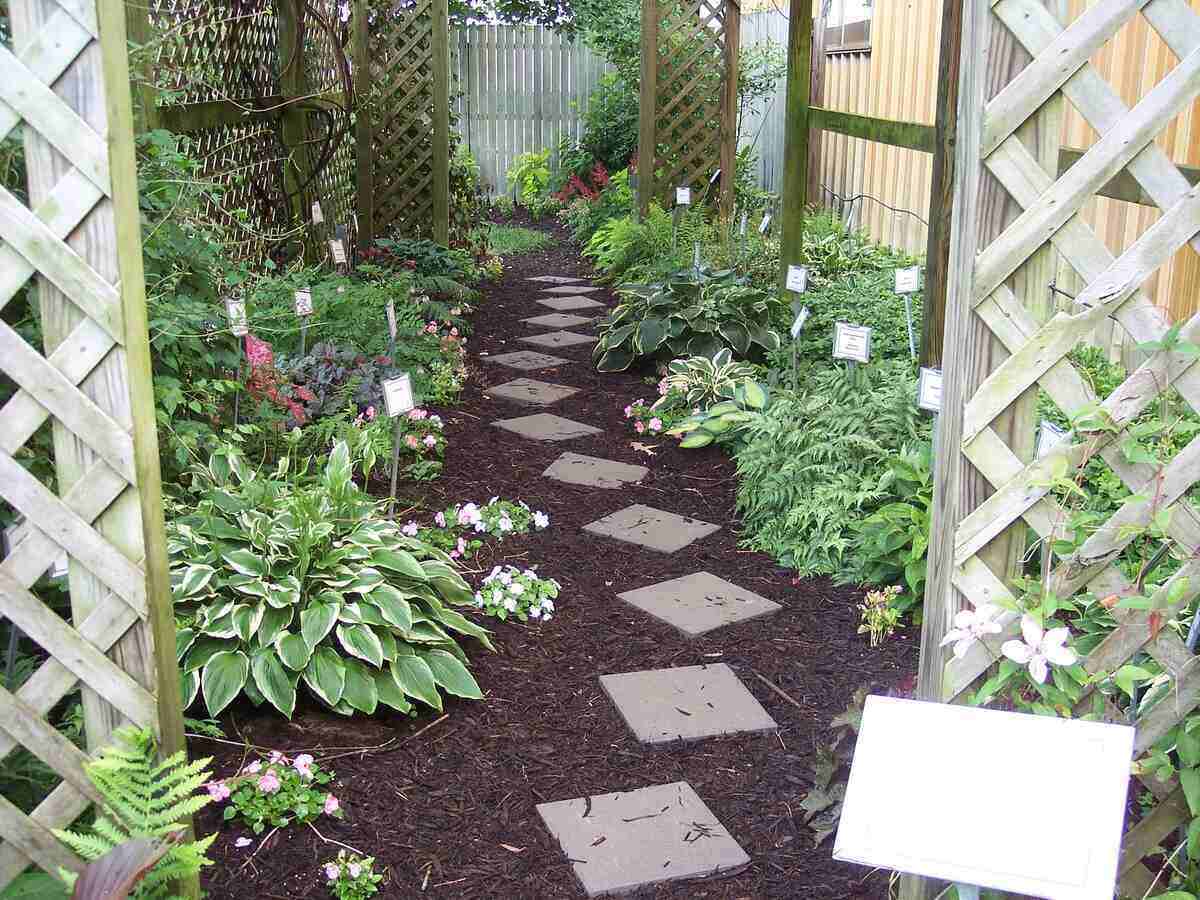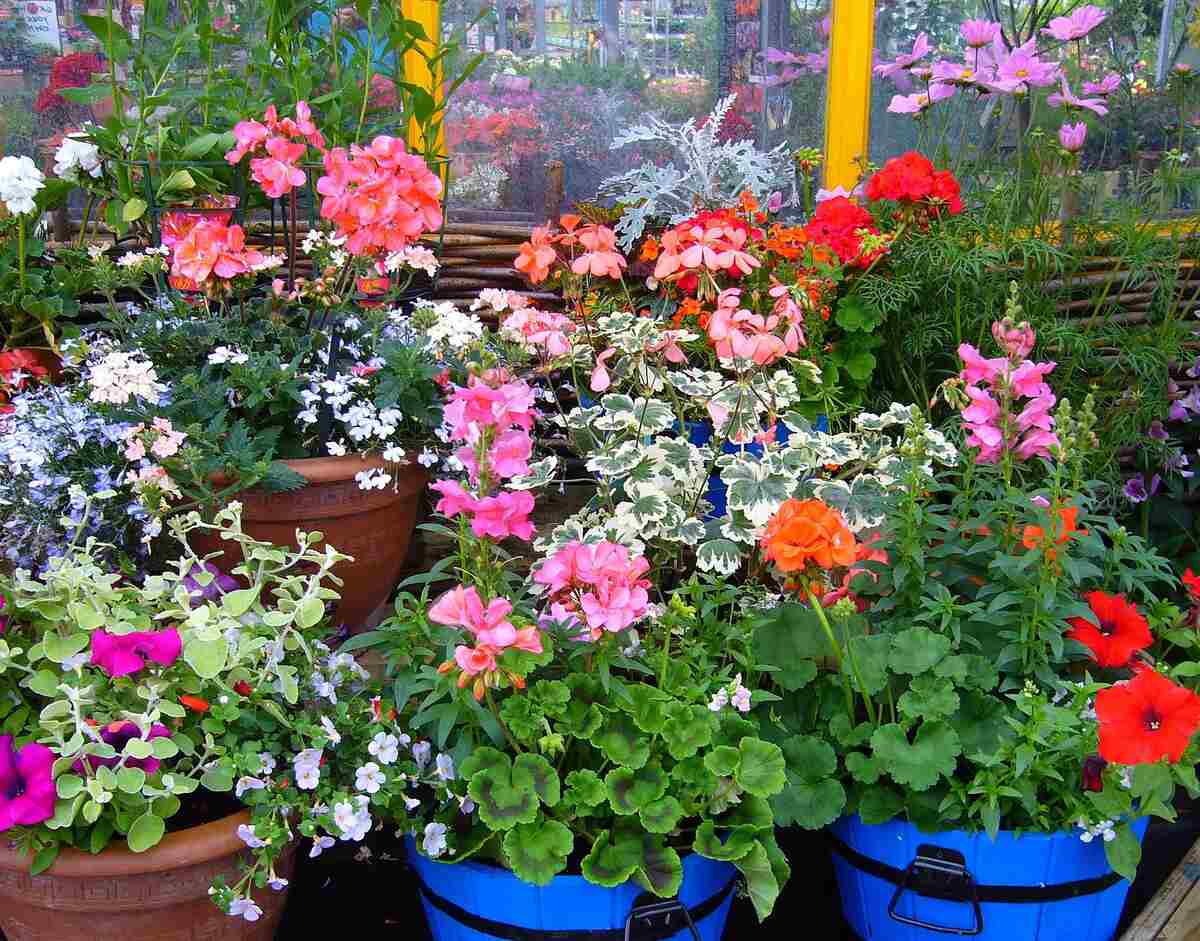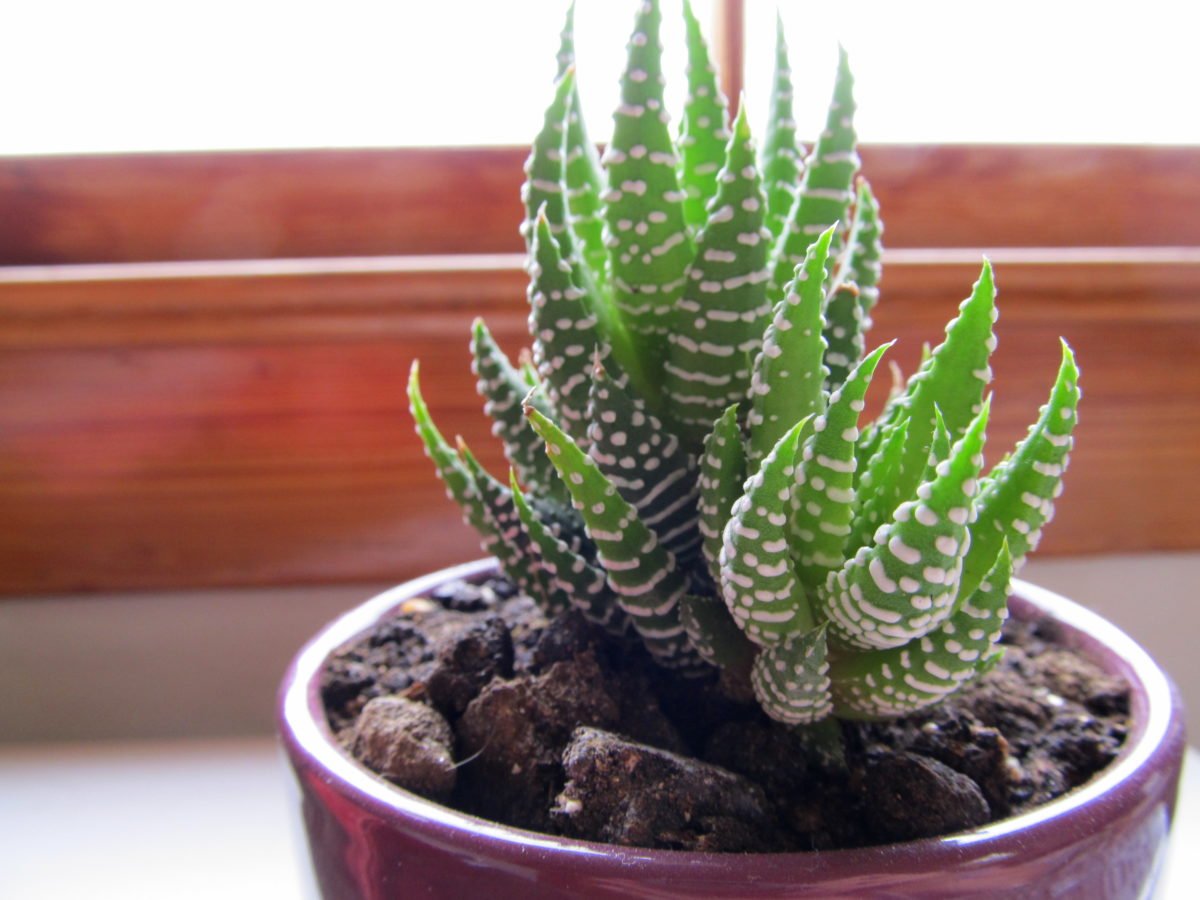
Transitioning your yard into fall can keep you busy for a few more weekends outside, especially if you enjoy a full and vibrant green yard in the growing season. Going hand-in-hand with preparing your garden for the transition, you’ll want to prepare your lawn for the winter.
Depending on the dramatization of seasonal change your area experiences, this could be less or more of a transition. Four main tips that matter when for fall lawn care include mowing, aeration, leaf removal, and fertilization for future growth.
Now it’s time to get to the preparing your garden– doesn’t mean you have to dispose of all of your plants, bringing your plants inside for the winter is a win-win-win endeavor. Your plants won’t die in the bitter cold, all your hard work during the summer won’t be for naught, and the beautiful greenery surrounding you inside will take the edge off of a dreary winter landscape.
It’s a bit more involved than simply moving the plants from one place to another. Here are some tips on having the “transplants” thrive in your home.
1. Chase Away the Stowaways
Inspect the plants for mealybugs, aphids, spider mites, scale and the like. These pests “stowaway” on outdoor plants and once inside, they multiply rapidly and infect other plants. Examine both stems and leaves, particularly the underside of leaves. Insects like to hang out there in secret. They also like the intersections of leaves and stems.
To destroy pests and their eggs–hose down the plant, thoroughly but gently. Then apply insecticidal soap or neem oil and let it dry.
2. Be Selective
Don’t take the largest plants inside. A small or medium-sized plant has a much better chance of surviving. Bring in only healthy plants. Don’t think that you can “rescue” an ailing plant by bringing it indoors, it’s a futile effort.
3. Don’t Shock Your Plant Guests
An abrupt change of environment can put a plant into a state of shock; it may wilt, drop leaves or even die. When the outdoor temperature reaches around 50°F, begin introducing your plants to the indoor world. For the first few days, bring the container inside in the evening and move it back outside in the morning. Gradually increase the time the plant is indoors until it’s there full time.
4. Light Up Their Lives
As close as you can, give your plants the same light they are used to outside. If you have floor-to-ceiling windows with southern exposure, perfect! In lieu of that, place the plants under plant lights. It helps if you do some serious window washing, inside and out, to maximize the amount of light coming into your home.
No matter what you do, plants that have been used to direct sunlight may lose leaves when they come inside. As soon as they become acclimated, the leaves will grow again.
5. Too Much of a Good Thing
We all know that water is indispensable to maintaining life—for humans, animals, and plants. Too much water drowns plants. The roots of plants need water and oxygen to survive. Soil that is too wet doesn’t get enough oxygen. The plant wilts, leaves turn yellow, leaf tips turn brown, leaves drop off.
Indoor plants do not need as much water as they did when they were outdoors. Only water when the soil surface is dry to the touch. When in doubt, don’t water. Overwatering, much more than neglect, is the major cause of plant death.
6. It’s Not the Heat, it’s the Humidity
Indoor temperatures of 55°F to 70°F are fine for most plants. Make sure they are not near drafty doors, windows that are not insulated, or heat sources.
Plants need humidity, so if you have a central humidifier, great. If not, humidity trays are simple to set up. Fill the trays with pebbles. Add water to just below the top of the pebbles. Set the plants on the pebbles. The water evaporates and humidifies the plants. Placing plants closely together also helps keep the humidity high. Misting plants is only a short-term “fix.” It doesn’t actually alter humidity levels.
When the danger of frost has passed and night temperatures are more than 45°F consistently, you can transition your plants back outside. Give them a nice drink of water, and it will soon be like they never left their natural environment!
Need help transitioning your lawn care? Call a local landscape professional for more information!
Featured image source: Amy (CC BY 2.0)

